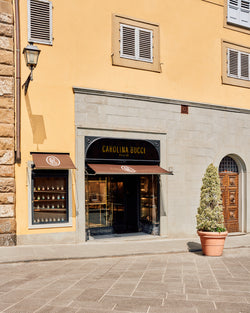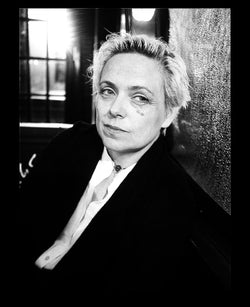Assembling an archive museum containing over 7000 pieces of ceramic art and artefacts is a task of mammoth proportion. Add a global pandemic into the mix, and that task grows even greater. Nevertheless, in September 2021 The Bitossi Archive Museum opened its doors to the public, chronicling a 100 year history of the Florentine ceramics dynasty.
Bitossi is renowned for its mid-century ceramics work — including vases, jugs, animal figurines, candle sticks, and more — produced under the discerning eyes of Aldo Londi, who was brought on board as the artistic director in 1946. It is also recognised for its collaborations with names such as Piero Fornasetti, Memphis Milano pioneers Ettore Sottsass, Matteo Thun, and Nathalie du Pasquier, plus recent collections made with young artists such as Laura Bethan Wood.
Bitossi’s headquarters are located at Montelupo Fiorentino, the same place that Guido Bitossi founded its first factory in 1921. In the same renovated factory space, the archive is now displayed, spanning over 1500 square metres and designed by architect Luca Cipelletti to preserve its original industrial structure. Curator of the archives, Marina Vignozzi Paszkowski, then filled it with a treasure trove of objects: from sketches, models, work tools, photographs and written documents, to, of course, the ceramics themselves. Here, she shares with La Catena what to expect when visiting the museum and tells us how Bitossi is sparking the imagination of a whole new generation.








































